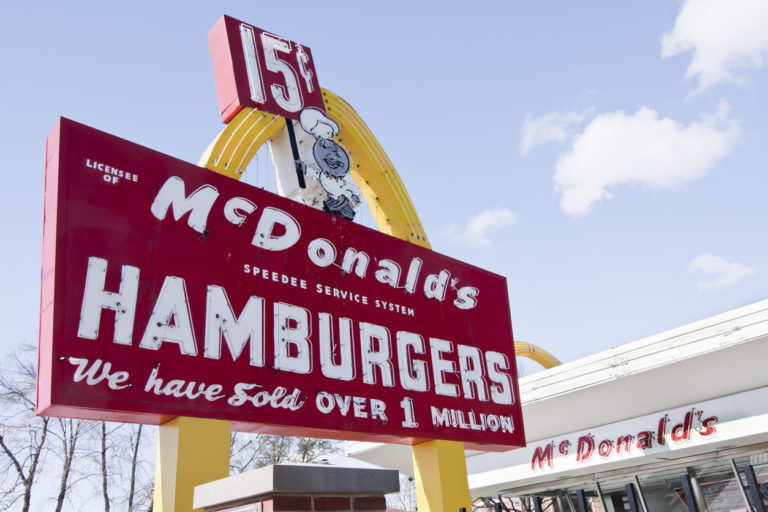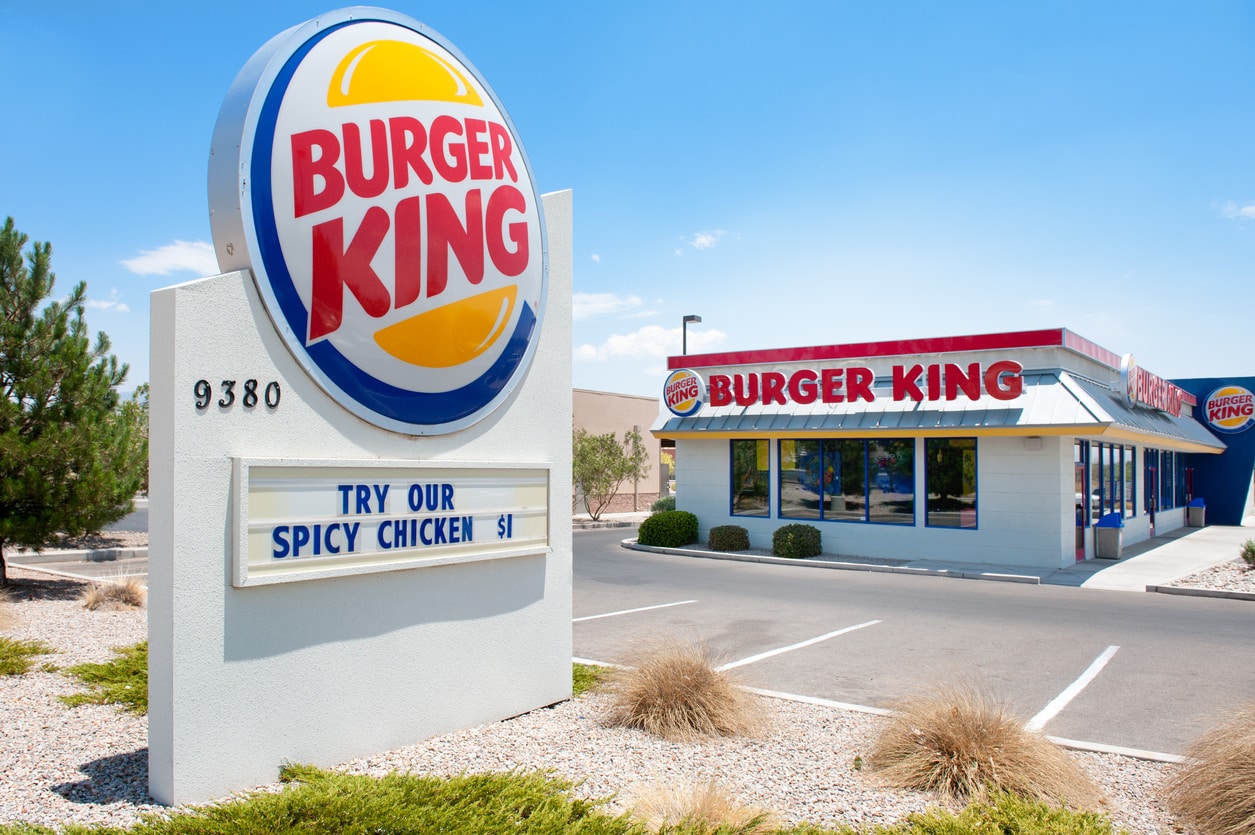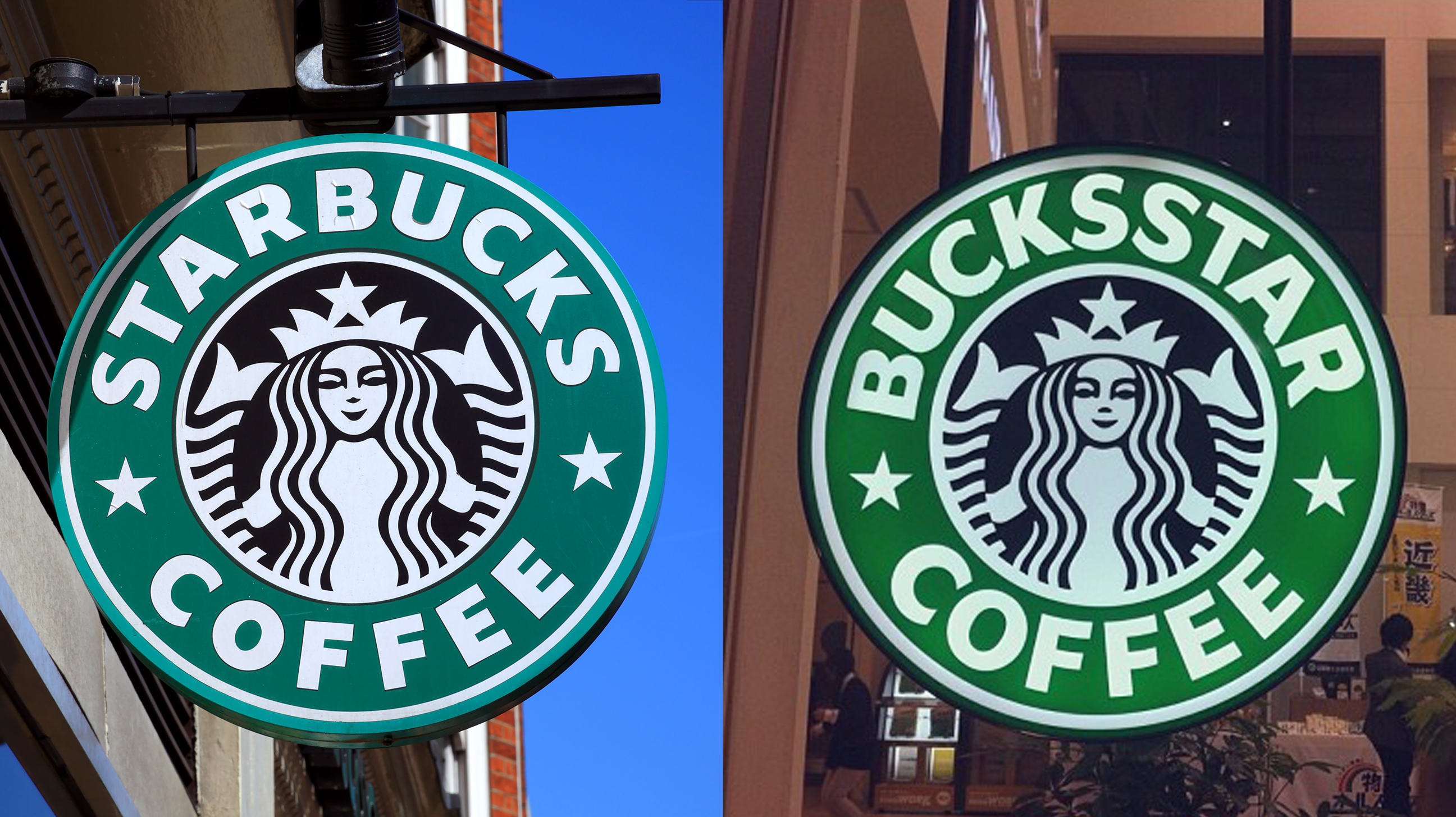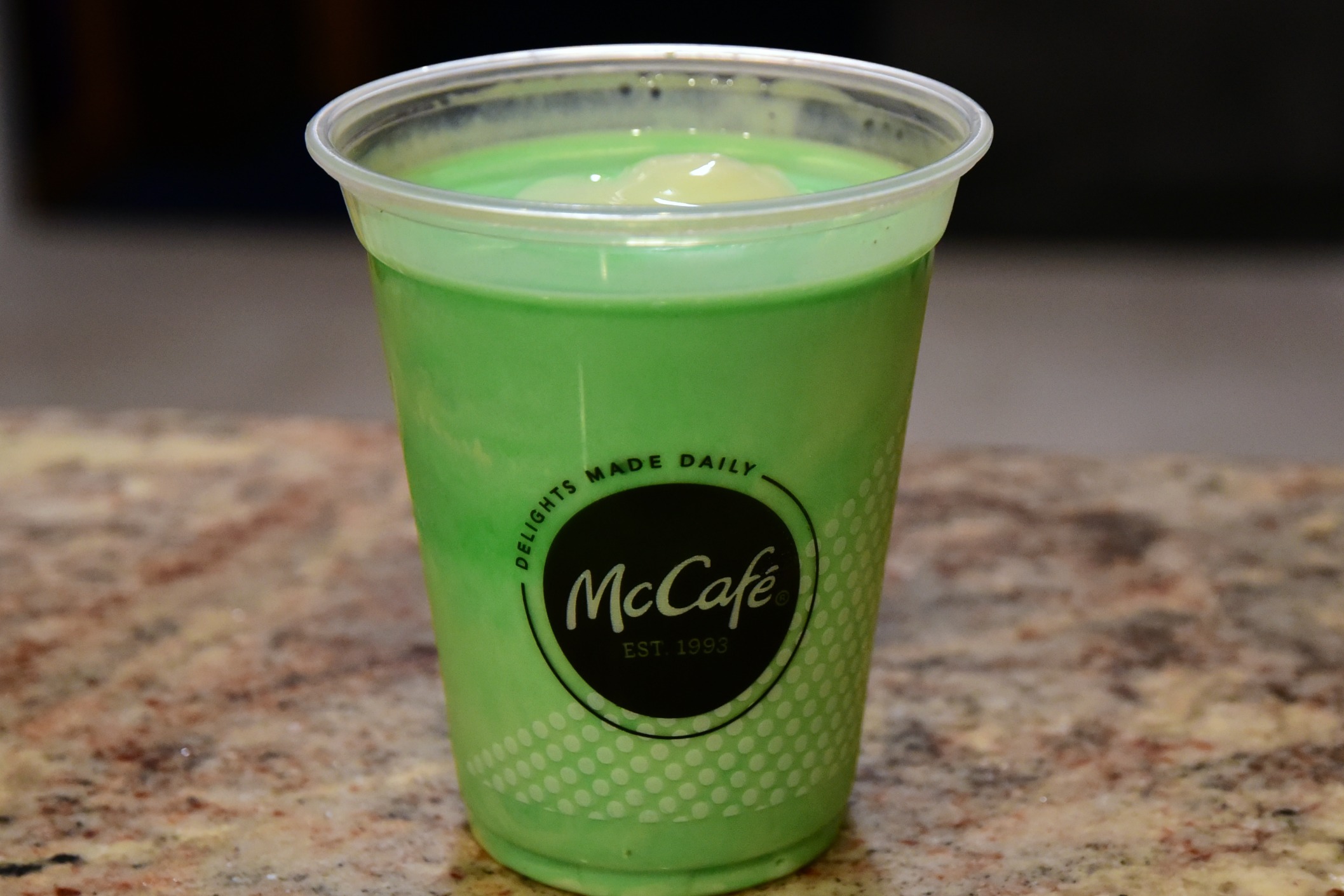McDonald’s is one of the largest fast food chains in the world, but it didn’t start off that way. On May 15, 1940, the McDonald’s founders, brothers Richard and Maurice McDonald, opened their first location in California. In 1954, the McDonald brothers partnered with Ray Kroc, a milkshake mixer salesman turned nationwide franchising agent. He saw the restaurant’s mass potential. A year later, Kroc founded McDonald’s System, Inc. He also hired McDonald’s employees and opened his first franchise location in Des Plaines, IL.
In 1961, the McDonald brothers sold the rights of the fast-food chain to Kroc for $2.7 million. Now, the entire world recognizes McDonald’s, and there are locations throughout 101 countries. It’s safe to say the company has thrived for decades. We’re celebrating the chain’s 79th anniversary by taking a walk down memory lane to see McDonald’s transformation from a small-town restaurant to a billion dollar franchise.

The first McDonald’s had a completely different menu.

Ironically, the fast food company initially sold slow-cooked barbecue that took hours to prepare.
At the time, the best-selling meal was only 35 cents. It included a sandwich of either barbecued beef or pork with french fries. Out of the 25 original menu items, peanut butter and jelly sandwiches and tamales were especially unique.
The company originally sold hamburgers for only 15 cents.

After realizing most sales came from burgers, the company closed up shop for months to switch up the menu.
The menu went from 25 items to nine, and the brothers streamlined the burger-making process with what they called the “Speedee Service System.” This system designated tasks to a 12-person crew that constructed the burgers, each of which automatically had ketchup, mustard, onions, and two pickles. Some food was preassembled, ensuring the service was quick and efficient. If customers wanted to customize their order in any way, they had to wait.
Golden Arches weren’t part of the original building design.

The iconic Golden Arches were introduced to McDonald’s to amp up the roof design.
According to the company, co-founder Richard McDonald thought the roofline was too flat, so he worked with architect Stanley Meson to add arches. The design helped the McDonald brothers achieve the attention-grabbing look they wanted. With the help of a sign maker and a little yellow paint, the Golden Arches were born.
The restaurant architecture constantly evolved.
Throughout the years, McDonald’s locations switched up building designs and incorporated the Golden Arches in different ways.
McDonald’s original style featured red and white stripes on the exterior of the building and golden arches along the side.
Many of the red and white designs were updated in 1969 with the Mansard Roof, a double-slope design with white accents.
Locations underwent renovations to include play places for kids, as well as drive-thru windows.
Different countries added their own spin to the respective storefronts, too.
Speedee was the first McDonald’s mascot.
[fm_youtube url="https://youtu.be/NPNKsgwj8aQ"]Long before burger-loving clown Ronald McDonald came along, Speedee the chef who represented McDonald’s.
He was featured on the first McDonald’s location sign in San Bernardino, CA.
The clown first appeared during a McDonald’s commercial that aired in the Washington, D.C. area in 1961. Ronald, portrayed by actor Willard Scott, carried a tray on his head that was topped with a hamburger, fries, and a milkshake. He also had a McDonald’s cup on his nose and a belt filled with food. Unfortunately, Scott lost his mascot when he gained too much weight for the company’s liking.
McDonald’s employees had the chance to attend Hamburger University.
In 1961, McDonald’s manager training program, Hamburger University, opened in the basement of the McDonald’s in Elk Grove Village, IL.
According to the company, Hamburger University used a research and development lab nearby to learn about and develop new ways to cook, freeze, store, and serve food. Managers who went through the program received Bachelor of Hamburgerology degrees and could earn college credit for business and leadership courses. Now there are campuses worldwide in Illinois, Tokyo, London, Sydney, Munich, São Paulo, and Shanghai with more than 275,000 graduates.
The Filet-O-Fish sandwich was popular everywhere.
In fact, it was the first item added to the national menu.
According to the company, Cincinnati franchise owner Lou Groen created the Filet-O-Fish to cater to the Roman Catholic community near his McDonald’s store. The pescatarian option especially added volume to restaurant sales when the Catholic community abstained from eating red meat on specific days of the year.
In 1968, the Big Mac was born.
The Big Mac took the original McDonald’s burger to the next level.
It included two beef patties with sauce, pickles, lettuce, onions, and cheese. Jim Delligatti, the owner and operator of the Pittsburgh franchise, developed the larger sandwich.
As if the Big Mac wasn’t enough, the chain added more burger options to the menu.
In 1973, the Quarter Pounder and the Quarter Pounder with Cheese became nationwide food staples.
These sandwiches had a quarter-pound beef patty with onions, pickles, mustard, and ketchup. Franchise owner and former VP of product development Al Bernardin created the sandwich while crafting new items for his personal franchises. Eventually, he realized some customers would like burgers with more meat and less bread.
McDonald’s created an entire fantasy world for kids called McDonaldland.

In the 1970s, McDonald’s teamed up with advertising agency Needham, Harper & Steers to create a mass marketing campaign that appealed to children.
The venture produced McDonaldland and featured characters like Ronald McDonald, Officer Big Mac, Grimace the Hamburglar, Mayor McCheese, the Professor, and Captain Crook. McDonaldland even offered toys to enhance the McDonald’s experience.

While McDonaldland was fun, it caused quite a bit of controversy. Apparently, the characters looked very similar to preexisting cartoons.

The fast-food company created its own nonprofit organization, the Ronald McDonald House.
It all began when Philadelphia Eagles football player Fred Hill’s daughter struggled with leukemia at a children’s hospital in Pennsylvania.
Throughout the child’s treatment, Hill and his wife waited on hospital chairs and benches along with other parents of sick kids. They met families that traveled miles to the facility and couldn’t afford hotels.
In 1974, the first Ronald McDonald House opened its doors to provide shelter for those family members.
McDonald’s started catering to the breakfast crowd.
In 1975, the Egg McMuffin joined the menu.
Created by Herb Peterson, a McDonald’s owner in Santa Barbara, CA, the breakfast sandwich consisted of an egg on a toasted English muffin with cheese and Canadian bacon.
In Ray Kroc’s autobiography, Grinding it Out: The Making of McDonald’s, he shared the story of the Egg McMuffin’s creation.
“[Herb Peterson] didn’t want me to reject it out of hand, which I might have done, because it was a crazy idea — a breakfast sandwich, ” Kroc wrote. “I boggled a bit at the presentation. But then I tasted it, and I was sold. Wow!”
While the Egg McMuffin had Kroc’s stamp of approval, McDonald’s didn’t start serving an all-day breakfast menu until 2015 in the United States.
Speaking of breakfast, McDonald’s also started its own McCafé.
In 1993, the very first McCafé opened in Melbourne, Australia.
In 2001, the U.S. got its first location in Illinois. Customers can find coffee, espresso drinks, smoothies, teas, muffins, and scones at the cafes.
In 2017, McCafé locations went through a rebrand to expand and potentially give Starbucks a run for its money.
A Canadian McDonald’s invented McFlurry Desserts.
In 1995, the owner and operator of McDonald’s Canada, Ron McLellan, invented the beloved McFlurry in New Brunswick.
The creamy dessert has soft serve and comes in many different flavors. Currently, U.S. locations sell McFlurries with M&M’s or Oreos. But throughout the years, customers could also order Butterfinger, Snickers, Rolo, or Twix candy in their ice cream. The dessert’s spoon is unique, too. It actually serves as the ice cream mixing blade before customers get it.
Eventually, McDonald’s rolled out the merch.
Many fast-food chains have branded merchandise, but McDonald’s takes the concept to another level.
In 2017, the company teamed up with UberEATS to give away branded tracksuits, pillows, slides, and picnic blankets. A year later, McDonald’s released a whole line of nostalgic merch for ’90s babies. It included socks, T-shirts, lapel pins, and bandanas.
Moreover, with a quick search online you can find almost anything with the McDonald’s logo on it. There are things like PopSockets, journal sets, and coolers — almost anything a die-hard McDonald’s fan could ask for.








